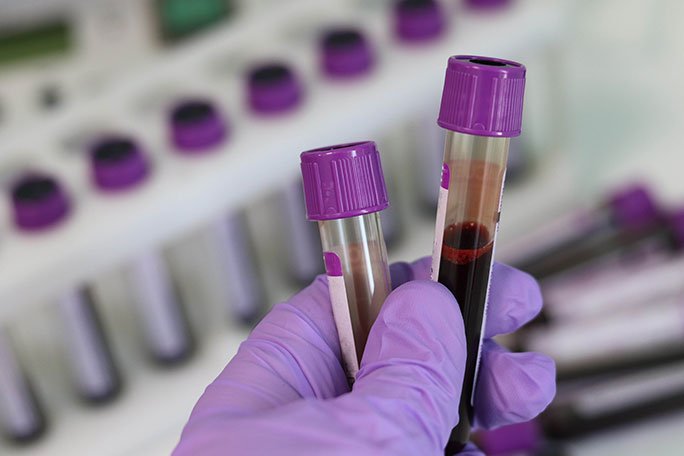Factors to Consider When Selecting Suppliers for Medical Imaging Equipment in Hospitals
Summary
- Hospitals should consider the reputation and track record of suppliers when selecting medical imaging equipment.
- Cost-effectiveness and efficiency of the equipment should be evaluated before making a decision.
- Quality assurance, service and maintenance support, and compatibility with existing systems are also important factors to consider.
Introduction
Medical imaging equipment is essential for diagnosing and treating patients in hospitals. With technological advancements and innovations in the healthcare industry, hospitals need to stay up-to-date with the latest equipment to provide the best care for their patients. When selecting suppliers for medical imaging equipment, hospitals must consider various factors to ensure they are getting the most suitable and cost-effective options.
Reputation and Track Record
One of the most important factors hospitals should consider when selecting suppliers for medical imaging equipment is the reputation and track record of the company. Hospitals should research and evaluate the supplier's history, customer reviews, and overall reputation in the industry. Working with a reputable supplier can ensure that hospitals receive high-quality equipment and reliable customer service.
Factors to consider include:
- Years of experience in the industry.
- Certifications and accreditations.
- Customer testimonials and reviews.
Cost-Effectiveness and Efficiency
Another crucial factor for hospitals to consider is the cost-effectiveness and efficiency of the medical imaging equipment. Hospitals must evaluate the overall cost of the equipment, including installation, maintenance, and training costs. They should also consider the efficiency and performance of the equipment to ensure it meets the hospital's needs and requirements.
Things to keep in mind:
- Initial purchase price.
- Maintenance and service costs.
- Training and support services.
Quality Assurance and Service Support
Quality assurance is essential when selecting suppliers for medical imaging equipment. Hospitals should ensure that the equipment meets industry standards and Regulations to provide accurate and reliable results. Additionally, hospitals should consider the supplier's service and maintenance support to ensure that the equipment is well-maintained and serviced regularly.
Key considerations:
- Quality certifications and standards compliance.
- Service and maintenance agreements.
- Availability of spare parts and technical support.
Compatibility with Existing Systems
Hospitals should also consider the compatibility of the medical imaging equipment with their existing systems and infrastructure. It is essential to ensure that the new equipment can seamlessly integrate with the hospital's current technology and Workflow. Compatibility issues can lead to delays, inefficiencies, and increased costs for hospitals.
Factors to evaluate:
- Compatibility with existing software and systems.
- Training Requirements for staff to operate the equipment.
- Scalability and future upgrades.
Conclusion
When selecting suppliers for medical imaging equipment, hospitals must carefully consider various factors to ensure they make the best decision for their patients and staff. By evaluating the reputation, cost-effectiveness, quality assurance, and compatibility of the equipment, hospitals can find the most suitable and efficient options for their needs.

Disclaimer: The content provided on this blog is for informational purposes only, reflecting the personal opinions and insights of the author(s) on the topics. The information provided should not be used for diagnosing or treating a health problem or disease, and those seeking personal medical advice should consult with a licensed physician. Always seek the advice of your doctor or other qualified health provider regarding a medical condition. Never disregard professional medical advice or delay in seeking it because of something you have read on this website. If you think you may have a medical emergency, call 911 or go to the nearest emergency room immediately. No physician-patient relationship is created by this web site or its use. No contributors to this web site make any representations, express or implied, with respect to the information provided herein or to its use. While we strive to share accurate and up-to-date information, we cannot guarantee the completeness, reliability, or accuracy of the content. The blog may also include links to external websites and resources for the convenience of our readers. Please note that linking to other sites does not imply endorsement of their content, practices, or services by us. Readers should use their discretion and judgment while exploring any external links and resources mentioned on this blog.
